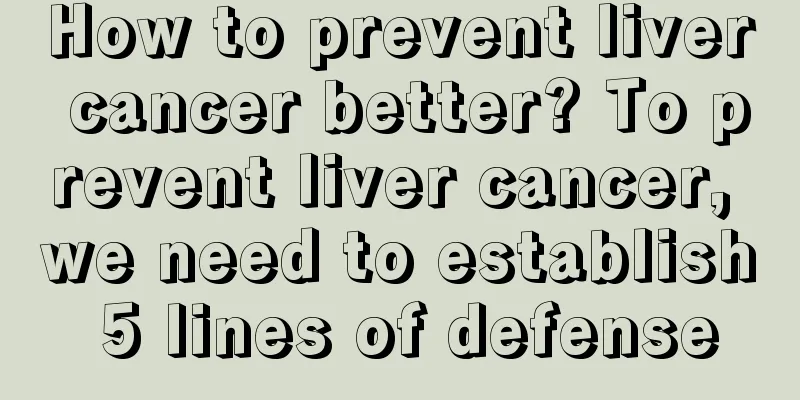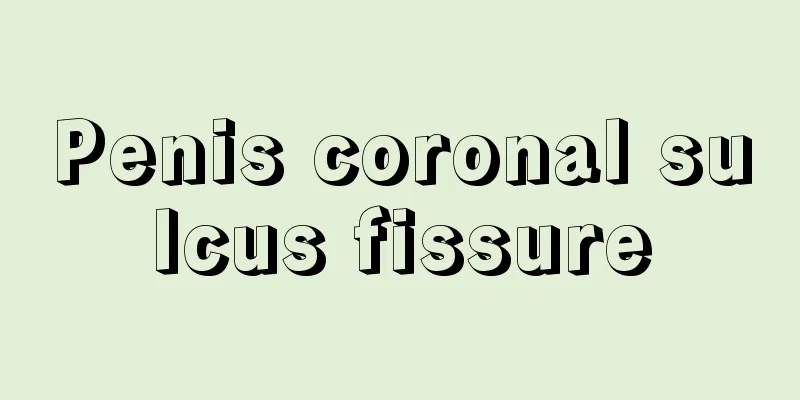What are the dangers of sinus arrhythmia

|
Sinus arrhythmia is mainly manifested as sinus tachycardia or sinus bradycardia. Sometimes it may also cause clinical manifestations such as dizziness and fainting. In treatment, we should pay attention to finding the right disease and focusing on prevention. 1. Any heart rhythm that originates from the sinoatrial node is called sinus rhythm. Sinus rhythm is a normal rhythm. Sinus tachycardia, sinus bradycardia, sinus arrhythmia, sinus arrest and sick sinus syndrome are all sinus arrhythmias. The normal sinus rhythm rate of an adult is >100 beats/minute, which is called sinus tachycardia. The frequency of sinus rhythm is called sinus bradycardia. The origin of sinus rhythm remains unchanged, but the rhythm is irregular. The difference in PP interval in the same lead is >0.12s, which is called sinus arrhythmia, and often exists simultaneously with sinus bradycardia. 2. During regular sinus rhythm, sometimes due to increased vagus nerve tension or sinus node obstruction, the sinus node stops emitting impulses for a period of time, which is called sinus arrest. Degenerative lesions of the pacing and conduction system, as well as diseases such as coronary heart disease, myocarditis (especially viral myocarditis), and cardiomyopathy can affect the sinoatrial node and its surrounding tissues and produce a series of slow sinus arrhythmias, causing clinical manifestations such as dizziness, blackouts, and syncope, which is called sick sinus syndrome. 3. Treatment The treatment of sinus tachycardia is mainly to eliminate the inducement, such as pain relief, infection control, anemia correction, improvement of cardiac function, control of hyperthyroidism, etc. If necessary, appropriate beta-blocker treatment can be given. However, it should be noted that sinus tachycardia is mostly caused by physiological stress response, so beta-blockers should not be used in large quantities unless the inducement is eliminated to prevent excessive cardiac inhibition. Sinus bradycardia can be observed if the heart rate is above 40 beats/minute. For patients with severe sinus bradycardia, if the treatment is ineffective or cannot be improved, a pacemaker needs to be installed to prevent heart failure. The prognosis of sick sinus syndrome is closely related to the cause and severity of the lesion. Some patients with sick sinus syndrome caused by viral myocarditis can be cured if treated actively and promptly. For patients with long-term unhealed disease and mild sinus node lesions, there may be no symptoms in the early stages, but heart failure may occur. Patients with severe disease may suffer cardiac arrest or sudden death, and an artificial pacemaker should be installed promptly. |
<<: What should I do if I get red spots on my face due to allergies
>>: What are the treatments for cor pulmonale heart failure
Recommend
Why do I still feel hungry after eating?
Three meals a day are the amount of food that eve...
What to do if a tooth crack hurts?
When you have painful tooth cracks, you must unde...
Is the disinfection lamp harmful to the human body?
Disinfection lamps may cause certain harm to the ...
Uncover 9 secrets of the digestive tract
If you think that the digestive tract is just a s...
Can gastric cancer metastasize to the brain? It's possible
Gastric cancer is a malignant tumor that occurs i...
What harm does pituitary tumor do to the body
The incidence of pituitary tumors is obviously hi...
How to treat cervical precancerous lesions? Treatment methods for cervical precancerous lesions
Cervical cancer is a disease that women are afrai...
What meridian is on the outside of the arm
Traditional Chinese medicine often says that if t...
How to make borax water with laundry detergent
Many people don’t know much about borax water, wh...
Which types of pituitary tumors require surgical removal
When it comes to cancer, everyone is afraid of it...
What to do if there is a black mark on the buttocks
Since the buttocks are located on the back of a p...
What are the symptoms of sciatica?
Sciatica has a great impact and trouble on our he...
Can hot soup be put directly into the refrigerator?
The leftover hot soup should not be put into the ...
My jaw will cramp when I open my mouth wide
I believe many people have encountered cramps in ...
After lung cancer is cured, recurrence must be prevented
Lung cancer is a very difficult disease to cure. ...









